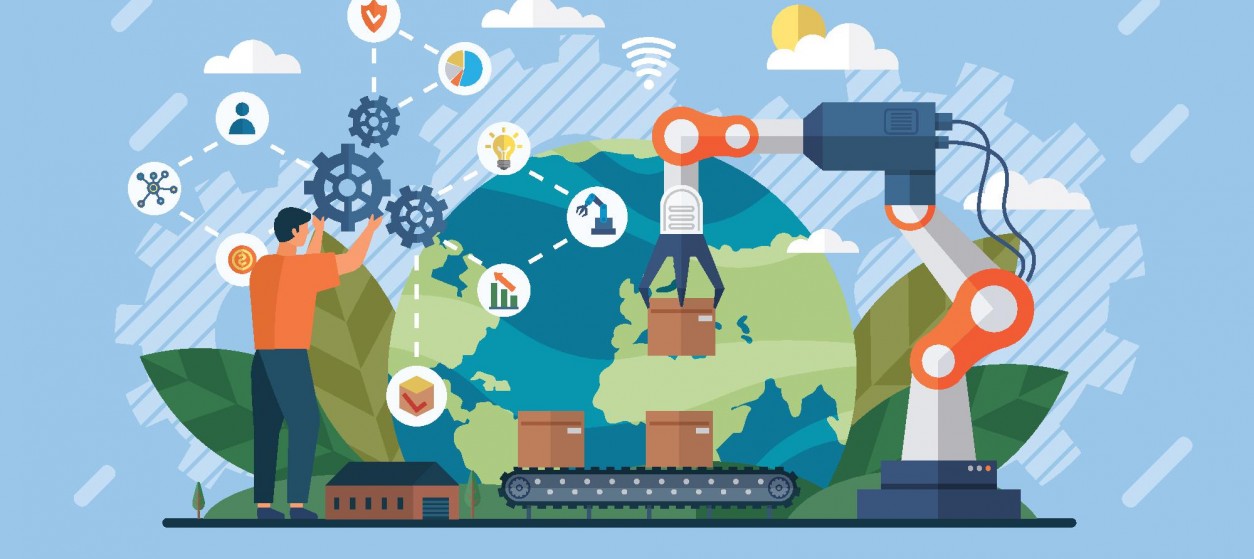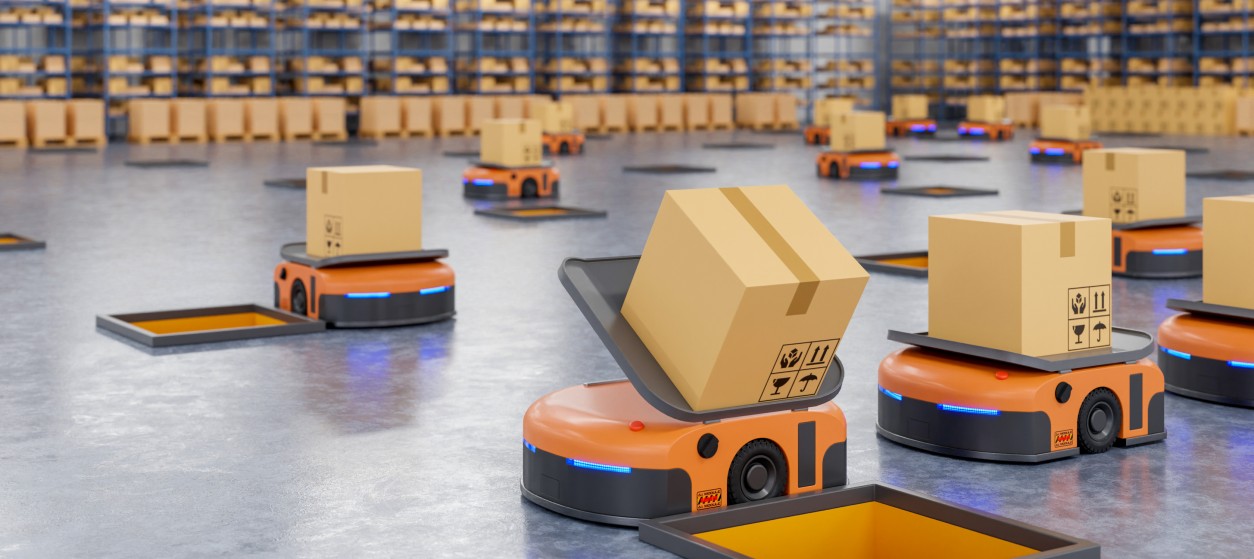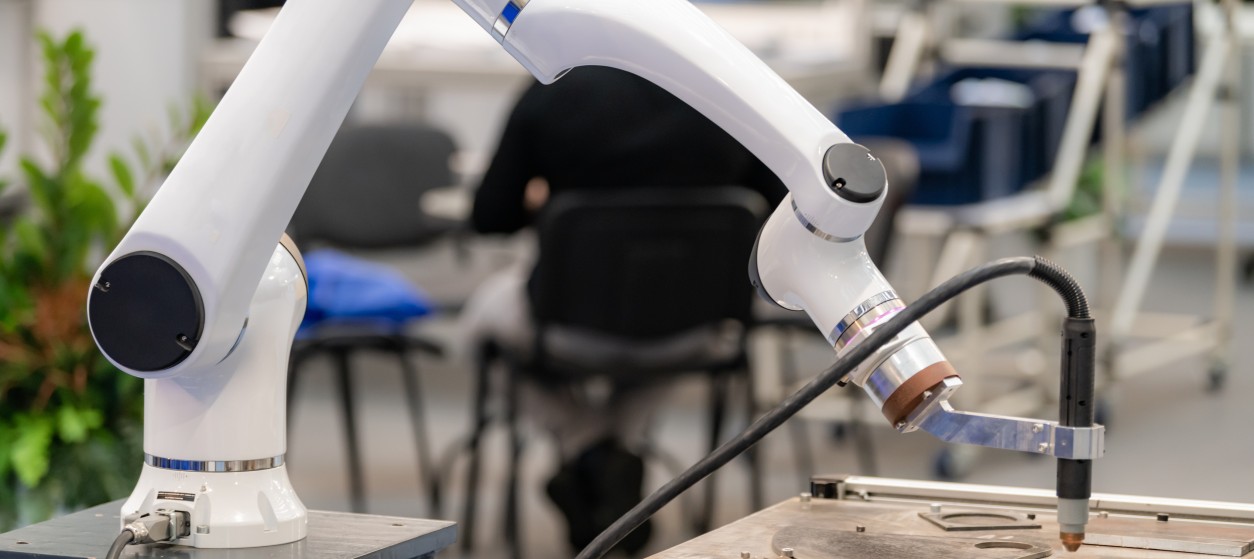In today’s fast-paced and competitive business landscape, successful product development is crucial for companies looking to stay ahead of the curve. From conceptualization to market launch, the journey of transforming a mere idea into a successful product requires a delicate balance of art and science. Modern enterprises that look to transform their innovative ideas into products must therefore understand the key steps and strategies involved in the process of product development. This is important for companies that are striving to address the complexities of product development processes in order to success in product launch and in the acquisition of a share of their target market.
Step 1: Ideation and Conceptualization
Every successful product development journey begins with a promising idea. This initial stage involves brainstorming sessions, market research, and identifying unmet customer needs. It is essential to clearly define the objectives and goals of the product, as well as have a deep understanding of the target audience. As part of this step, companies must strive to understand the unmet needs of the customer. Solving real-life problems of the customers in ways that save them time and cost is a foundation for discovering promising product development concepts.
Step 2: Market Research and Feasibility Analysis
Once the concept is formed, it is important to analyze the market and assess the feasibility of the product. Researching competitors, identifying market trends, and conducting consumer surveys can provide valuable insights into potential demand and market positioning. Moreover, a feasibility analysis helps evaluate technical, financial, and logistical aspects of product development. In this step it is essential to involve experts with a sound knowledge and understanding of the market landscape. The identification of gaps that are not adequately filled by state-of-the-art products and services is also important.
Step 3: Prototyping and Testing
The next phase involves creating prototypes to transform the concept into a tangible product. Prototyping allows for testing and refining the product’s design, functionality, and usability. Iterative feedback loops and user testing play a crucial role in this stage to ensure the product meets the needs and expectations of the target market. Prototypes can shed light into the feasibility of the product development tasks. Moreover, they can disambiguate requirements that may not be clear.
Step 4: Design and Engineering
Once the prototype is finalized, the design and engineering stage begins. This involves creating detailed manufacturing specifications, selecting appropriate materials, and ensuring the product meets safety and regulatory standards. Collaboration between designers, engineers, and manufacturers is vital to ensure a seamless transition from concept to production. This step may have to consider many different requirements and constraints, such as the need to select sustainable materials and produce eco-friendly designs. One of the main product development trends involves respecting certain properties by design (e.g., “sustainability by design”, “resilient by design”, “safe by design”) as this tends to ensure that the final product will meet relevant requirements and constraints.
Step 5: Manufacturing and Production
In this stage, the focus shifts to mass production and scaling up. Choosing the right manufacturing partners, streamlining production processes, and implementing quality control measures are essential to ensure a smooth and efficient manufacturing process. Cost optimization, supply chain management, and establishing production timelines are also key considerations. Mass production has been the mainstream production model for several years. Nevertheless, the advent of the fourth industrial revolution (Industry 4.0) is also unlocking the potential of customized production models such as Made to Order and Engineering to Order. Hence, it is nowadays possible to design and delivery highly customized products at scale i.e., mass customization. Thus, the manufacturing and production phase can currently focus on the delivery of highly customized products that are likely to be more appealing to the customers. Mass customization can therefore be considered in the scope of the product development lifecycle.
Step 6: Marketing and Launch
As the product nears completion, it is essential to develop a comprehensive marketing plan and create a buzz around the upcoming launch. This includes defining the product positioning, pricing strategy, and identifying the most effective marketing channels to reach the target audience. Pre-launch activities such as generating media coverage, building anticipation, and creating a strong brand identity can significantly impact the success of the product in the market. Following the launch of the product, marketing activities can focus on communicating its value and on boosting brand awareness and development. One upon a time mass marketing used to be the norm. In the digital era, there is a shift towards personalized marketing, as it is possible to collect and analyze data about the customer towards creating personalized marketing messages for them.
Step 7: Post-Launch Evaluation and Iteration
The journey doesn’t end with the product hitting the shelves. Continuous evaluation, feedback analysis, and product iteration are critical for long-term success. Monitoring customer satisfaction, addressing any product issues, and adapting to market changes are paramount to staying competitive and maintaining a strong market presence. Based on the collection of customer and market feedback, companies may have to revisit the earlier presented product development steps. For instance, they may have to introduce changes to the product design and to their marketing strategy. There are also cases where companies will opt to realize a shift in their product concept and manufacturing processes. In the startup world this is commonly known as pivot and constitutes one of the most ways used by companies to improve and reposition their product in the market. Pivots are gradually becoming an essential part of the product development lifecycle.
Overall, successful product development requires a well-structured and strategic approach. From ideation to market launch, each step plays a vital role in transforming a concept into a desirable and profitable product. The combination of artistic creativity with scientific rigor, helps companies to increase their chances of bringing successful products to market and of remaining at the forefront of innovation. As part of their product development journey, companies must embrace the most recent trends of the fourth industrial revolution, including the design of eco-friendly products, the support for mass customization processes, as well as the transition from mass marketing messages to personalized customer centric marketing. Most importantly, product development processes must be flexible and agile in-line with a continuous improvement discipline. The latter is a key to going beyond successful product launch towards a constant market growth.










